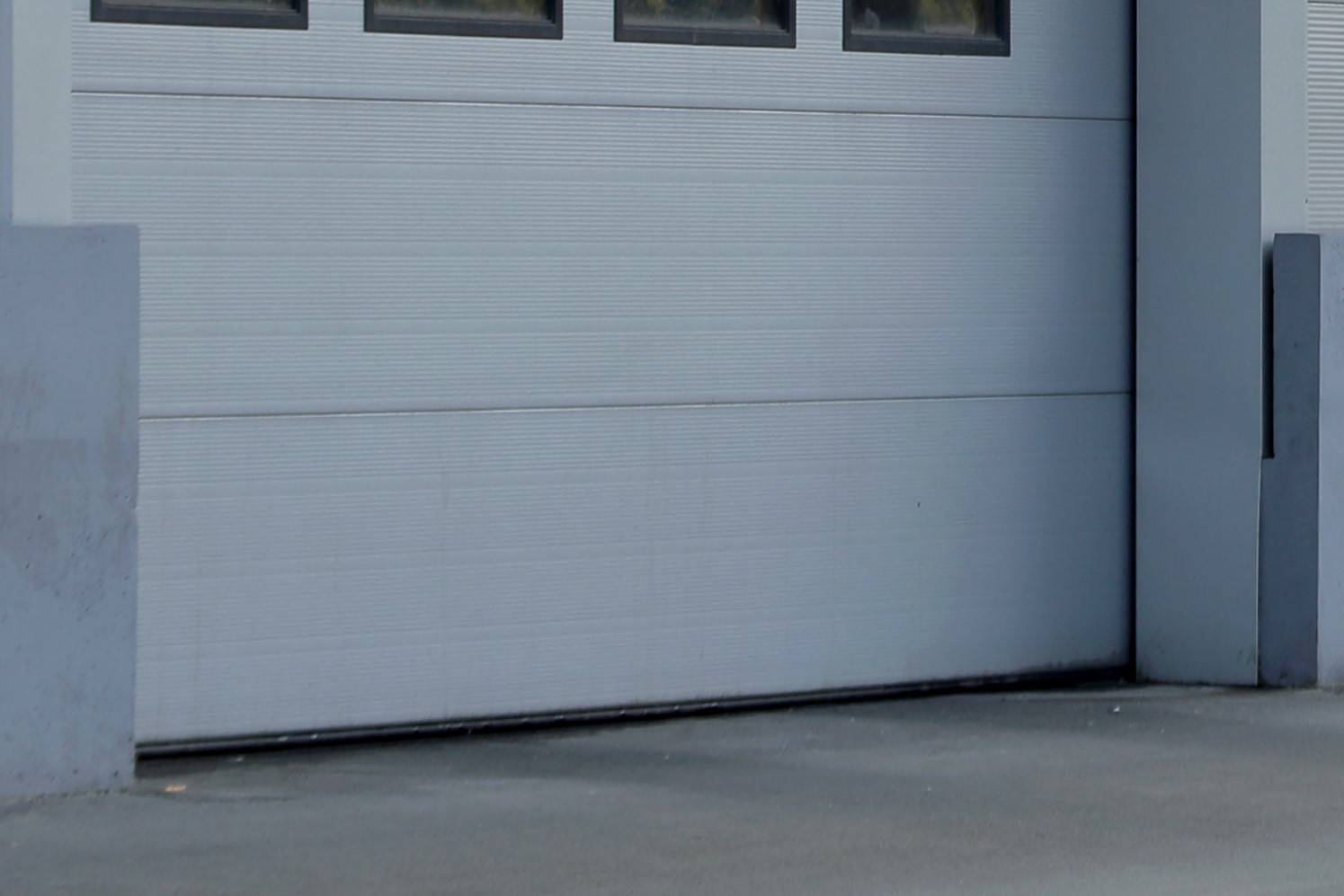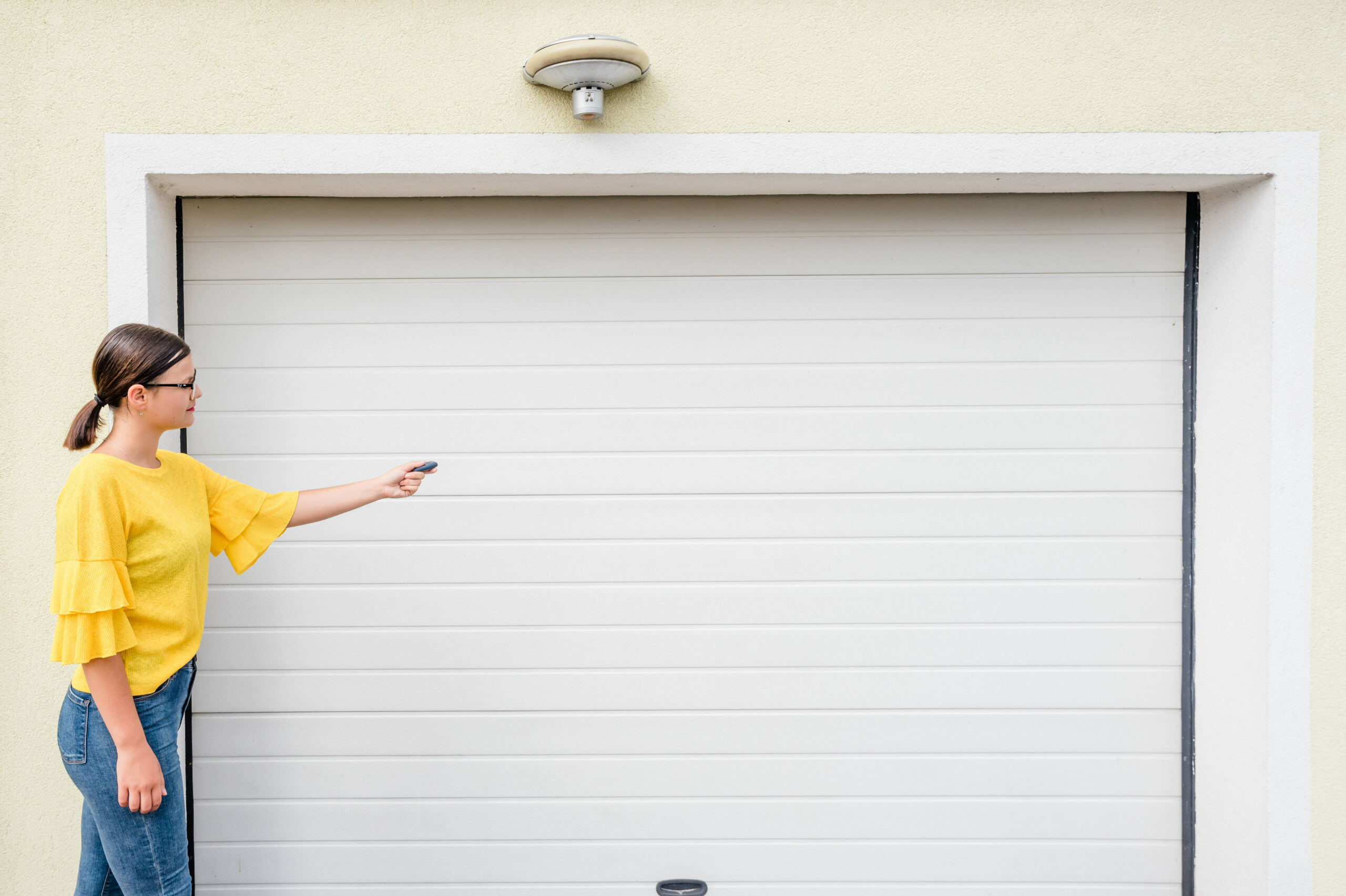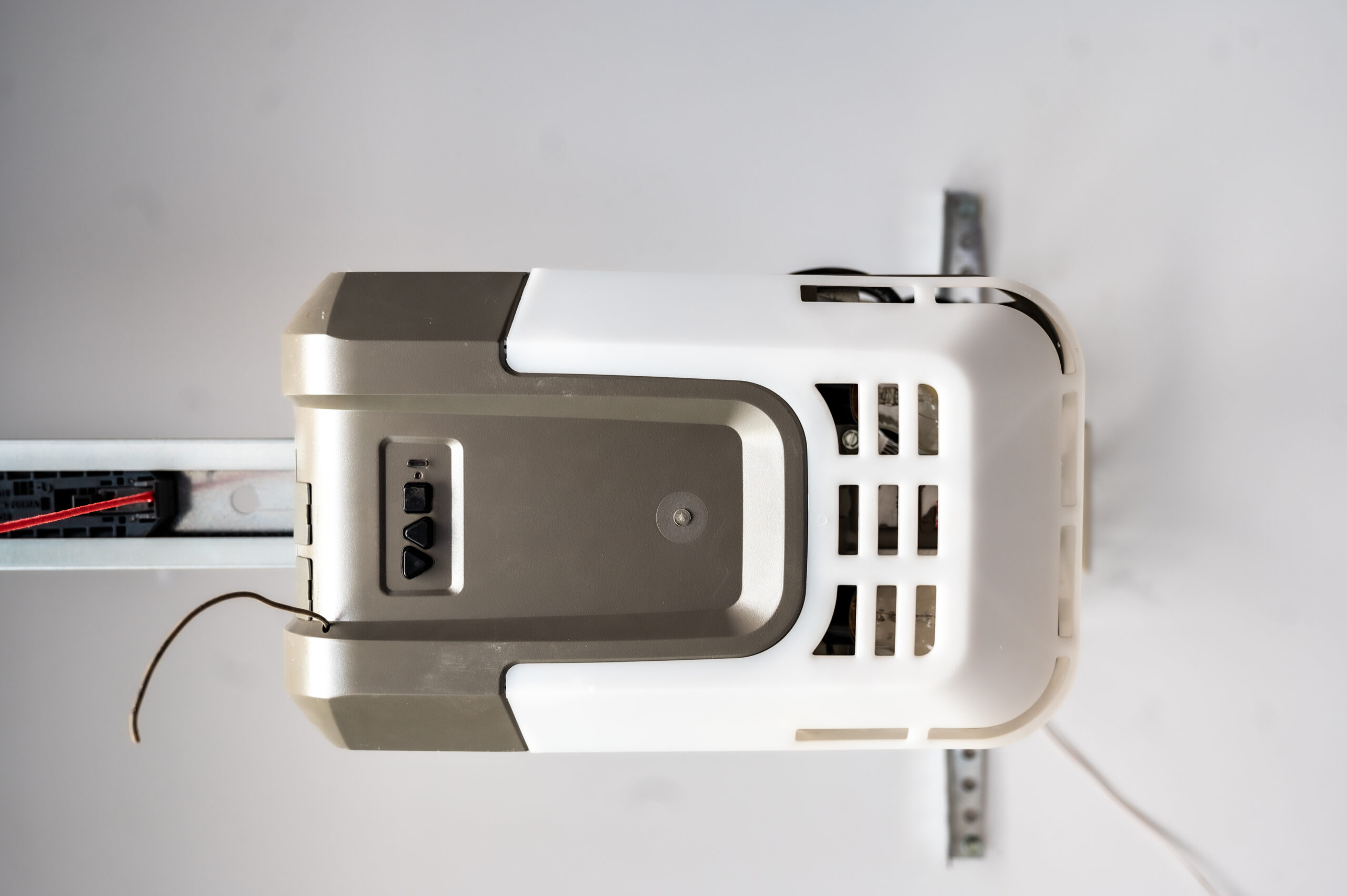When you hit the button on the wall-mounted unit or remote control to close your…

7 Ways To Keep Your Garage Door Running Smoothly
Your garage door and garage door opener are built to last a long time. How long exactly? That depends on a million or more factors that are frankly out of your control or ours. Torrential weather, hockey puck target practice, or a 16-year-old with a new license and a leadfoot can all shorten the lifespan of your garage door. Fortunately, there are a number of garage door maintenance tips you can follow to tip the odds in your favor and hopefully prolong your garage door’s life without having to call your local garage door repair company (though we’re here if you need us!) To get the most out your garage door, here’s what you’ll need to do:
Check your door balance
If your garage door is struggling, it could be an issue of door balance. To check, open the garage door by remote and pull the manual release rope to disconnect the door from the opener. At this point try to lower the garage door by hand. A well-balanced garage door should be easy to raise and lower by hand. Next, raise (by hand) the door to around 4-5 feet off the ground and let go. If your garage door is balanced, the door should stay put right where you left it (slowly lowering to the ground is probably nothing to get concerned over either). If it slams to the ground or flies up quickly and violently, you’ll want to contact a reputable garage door repair service to get your garage door balanced again.
Remove dirt from tracks
Over time, dirt, grease, and other debris can build up and impede your garage door and keep it from opening and lowering smoothly. A shaking or jerky motion might mean your door’s tracks are due for a good cleaning. Fortunately, all this requires is a bit of elbow grease. Find an old toothbrush or rag and simply wipe away any gunk buildup (while not required, a little soap and water won’t hurt either). You can also use a dab of disc brake cleaner to get the job done even better. We suggest you NOT use garage door lubricant, or any chemical for that matter, on tracks as these substances can attract dirt and gunk. Lubricant should be used on pivot points and moving components, which leads us to our next point…
Keep hardware lubricated
A garage door that squeaks and creaks with every cycle is likely in need of lubrication. Fortunately, this is a relatively easy and inexpensive fix. The first thing you’ll need to do is purchase a non-silicone lithium-based grease designed specifically for garage doors (Clopay Pro Lube is an excellent option you can find at most major home improvement retailers). Do NOT use WD-40 or similar products as these are anti-rust components–not grease–and may do more harm than good. We recommend lubricating the moving parts of your garage door every three months or so, just to keep them in good working order. You’ll want to get this under control early on before it escalates into an even bigger (and more expensive) problem to solve.
Inspect rollers
If your tracks are clean and pivot points are lubricated, any unusual shaking or misalignment could be the fault of bad garage door rollers. Rollers, either metal or plastic, are subject to wear and tear and simply do not last forever. Grab a flashlight and give your rollers a thorough inspection. Your rollers should be tightly secured to the shaft and shouldn’t have any room to wiggle or come out of line. If you notice any irregularities (including cracking or significant wear), you’ll want to contact a garage door repair service. Replacing rollers is a potentially dangerous job best left to the pros.
Replace your weatherstripping
The garage door weatherstripping on the bottom of your garage door is key to keeping your garage warm in the winter and cool in the summer. Unfortunately, it’s also subject to constant abuse and is not designed to last forever. Over time, weatherstripping on your garage door can become flattened, cracked, dry rotted, torn, or gnawed upon by a hungry rodent. Weatherstripping is not universal, so you’ll want to take a close look and do some research before buying a replacement seal online or from a garage door parts retailer. Installation is fairly straightforward and intuitive and requires no special tools, but you may want to lean on the services of a reputable garage door repair company just to eliminate the hassle entirely.
Clean and paint your door
A clean and freshly-painted garage door will not only spruce up your home’s curb appeal, but it can actually help extend the life of your garage door, saving you time, money, and hassles in the long run. Keep in mind, like any outdoor painting project, drying time can fluctuate depending on the weather conditions. You’re going to want to set aside about three days of nice weather (50-75 degrees and clear) to get the job done right. Make sure you have the right paint and right materials before you get started (the paint experts at your local hardware or paint store will be able to get you squared away here). You don’t have to be a professional to give your garage door a facelift, but you will want to take your time and do it right. Typically, a coat of primer and two coats of paint should do the trick.
Schedule regular maintenance
The truth is, you can take every precaution imaginable to ensure your garage door stays clean, lubricated, and balanced and it won’t be enough. Your garage door operates via a complex system of chains, pulleys, and rollers and anything can go wrong at any point. Your best line of defense when it comes to keeping your garage door running as it should for as long as possible, is to find a garage door repair service and schedule regular maintenance. For more information on garage door maintenance tips, parts, or services, contact the folks at ANCO Overhead Door.


